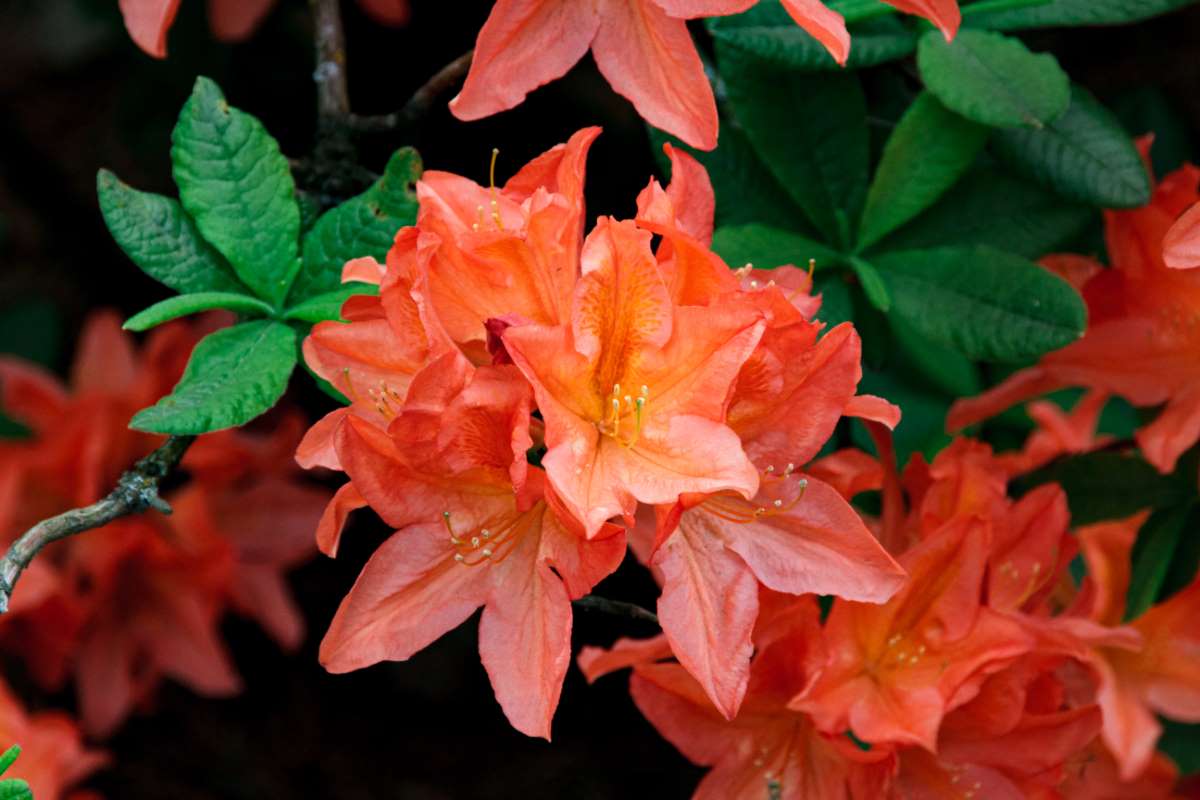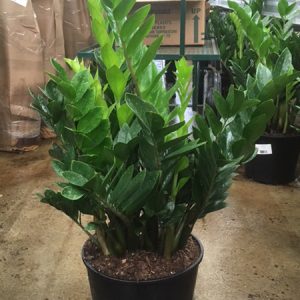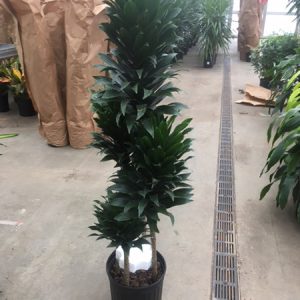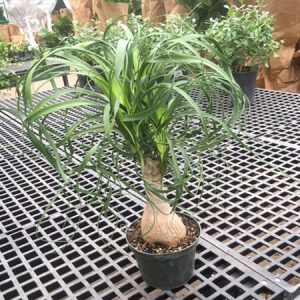Description
Rhododendron – Azaleas –
There are 500-1000 or more species of evergreen, semi evergreen and deciduous, woody stemmed bushes and trees, in the Ericaceae family in this genus. They occur naturally from Europe, Australasia, North America, and Asia, particularly Southwestern China, Tibet, Myanmar, Northern India and New Guinea. They are found occurring in diverse habitats, from dense forest to alpine tundra, and sea level to high altitudes. They vary greatly in habit, and may reach a height of 80′ or creep at ground level to form prostrate shrubs.
The leaves are mostly lance shaped or elliptical and mid to dark green, ranging in size from 1/8″ to 30″ long, and sometimes arranged spirally. All hybrids described below conform to one of the following leaf length ranges: very large, 18-30″ long, large, 6-18″ long, medium sized, 2-6″ long, small, ½-2″ long, very small, 1/8-1/2″ long. The deciduous and semi evergreen have leaves and young stems with a dense woolly covering of hairs or scales (indumentum), and may change color in the fall, a few have leaves that are aromatic when crushed.
Rhododendrons are grown mainly for their spectacular, sometimes strongly scented flowers, which are borne singly or in clustered inflorences (known as trusses, up to 24 or more spectacular blooms). The individual flowers vary greatly in size and shape, from tiny thimbles to 8″ trumpets, bells, or flat shaped, but are usually 5 petaled or more and often marked with stripes, edging, or a single blotch inside, on the upper or lower lobes or in the throats, some also have conspicuous or brightly colored, basal nectar pouches inside. There are thousands of hybrids, encompassing nearly every flower color except a true blue.
Bloom seasons vary significantly throughout North America. In the milder areas along the Pacific and in the Southeast USA “very early corresponds to February, with “very late” beginning in late June. In contrast, in Central USA, Northeastern USA, and the lower maritime provinces, “very early” is April and “very late” runs from late July onward and the Vireya rhododendrons can flower at various times during the year, often in winter.
Some rhododendrons also have attractive young growth, which ranges in color from red to bronze-brown or metallic blue-green, a few have decorative, exfoliating bark, which may be any color from brown pink or deep maroon to silvery gray. A number of the deciduous rhododendrons are valued for their rich reds to yellow autumn color.
Rhododendrons have a wide range of garden uses: dwarf alpine varieties are effective in a rock garden, larger woodland rhododendrons are excellent for brightening shady areas, the “ironclad” rhododendrons are tolerant of more exposed sites and also suitable for hedges or informal screens, and many of the modern compact hybrids are ideal for growing on shaded patios, or in containers or tubs. The nectar of some rhododendron flowers may cause severe discomfort if ingested.
In horticulture, rhododendrons are often divided into 5 main groups:
- Large leaf (elepidote) evergreen rhododendrons
- Small leaf (lepidote) evergreen rhododendrons
- Vireya rhododendron
- Deciduous Azaleas
- Evergreen Azaleas
Grow well aerated, moist but well drained, leafy, humus rich, acidic soil (ideally pH 4.5-6.0). Shallow planting is essential: all rhododendrons are surface rooting and well not tolerant deep planting. Most large leaves species and hybrids require dappled shade in sheltered woodland conditions, avoid deep shade immediately beneath a tree canopy. Rhododendrons generally perform best in temperate climates with adequate rainfall, such as the Pacific Northwest (including British Columbia) and the Atlantic States and provinces from Virginia North. Success is more difficult to achieve in the humid Southeast USA (except Azaleas), the arid Southwest USA, and the continental climate of the Rockies and Central Plains. In these areas, heat tolerance becomes as important as cold hardiness. Proper siting, soil preparation, wind protection, and attention to watering are essential for success in these less favorable areas. Most Azaleas and many of the smaller leaved evergreen rhododendrons, as well as the “ironclad” hybrids , prefer full sun in the Northern USA and Canada, dappled shade in the South US. Most dwarf alpine species will tolerate full sun in cooler climates, provided the soil remains moist. Avoid frost pockets to reduce the risk of split occurring in winter. To conserve moisture and to protect the shallow roots from extremes of heat and cold, mulch annually with a loose, open material, such as pine needles, bark, or chopped oak leaves. After flowering, dead head where practical, to promote vegetative growth rather than seed production. When deadheading, be careful not to damage or remove young emerging from below the flowers.
Prone to weevils, vine weevils, whiteflies, leafhoppers, lacebugs, scale insects, caterpillars, aphids, powdery mildew, bud blast, rust, leaf gall, petal blight, Phytopthora root rot, thrips, two-spotted mites, spider mites, bud blight and lime-induces chlorosis.
R. molle subsp. japonicum – R. Japonicum – Japanese Azalea – This vigorous, deciduous Azalea from Central and Eastern Japan grows 3-10′ feet tall and 7′ feet wide. It produces obovate, obovate-oblong, or inversely lance shaped leaves, up to 4″ long, mid green above, paler bluish green beneath, and are brightly colored in autumn. In mid season as the leaves emerge it bears trusses of 2-12 widely funnel shaped, often scented, orange-red, orange, bright red, yellow, or yellow-orange flowers, up to 2 ½” across, softly hairy outside. Tolerates full sun.
Zones 5-9





